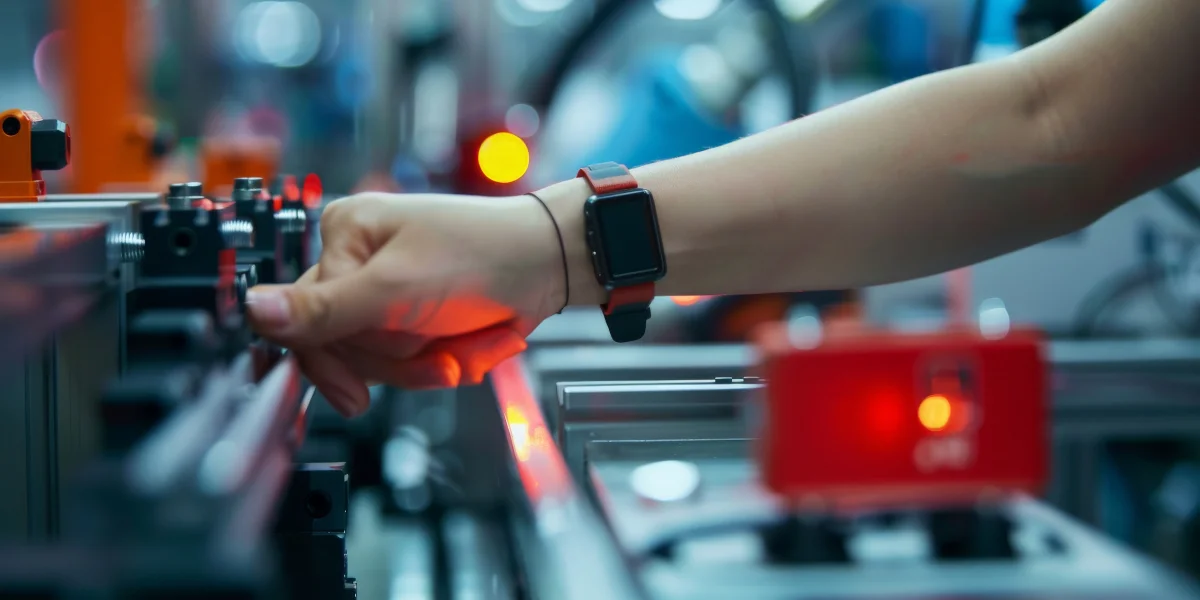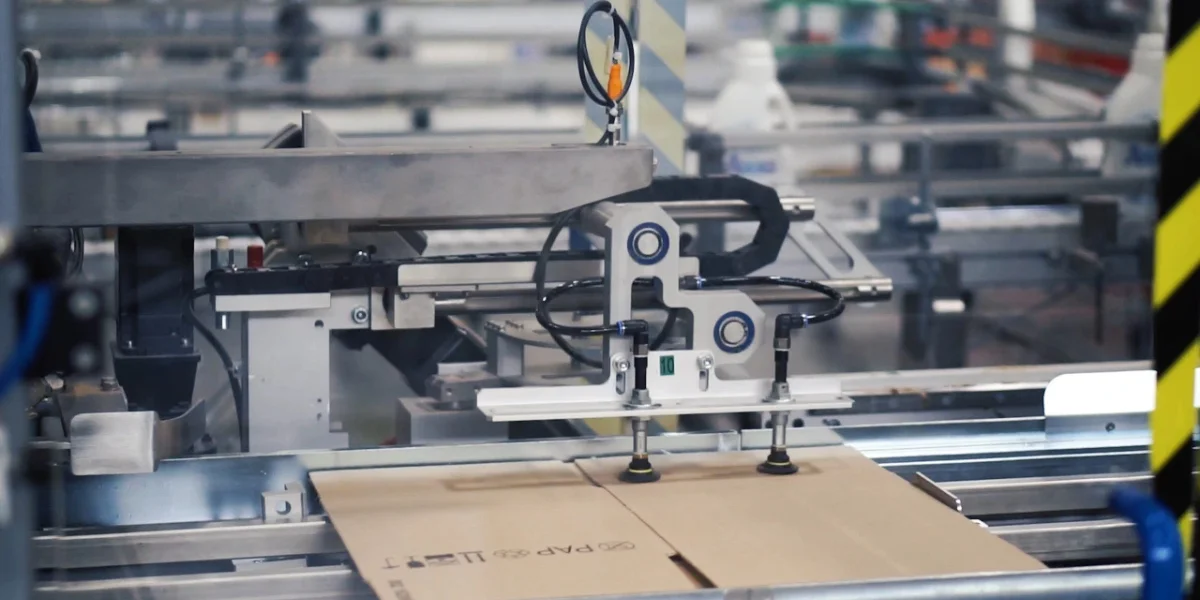
The Ultimate Pressure Sensitive Adhesive (PSA) Application Guide

The Ultimate Pressure Sensitive Adhesive (PSA) Application Guide

1. Surface Preparation:
2. Adhesive Application:
3. Applying Pressure:
4. Applying Pressure:
Conclusion
Pressure sensitive adhesives offer a convenient, versatile, and reliable bonding solution for a wide range of applications. By understanding the pressure sensitive adhesive properties, pressure sensitive adhesive composition, and adhesive bonding process, you can effectively utilize PSAs to achieve strong, durable bonds. When selecting a PSA, carefully consider the substrate materials, application environment, and performance requirements. Partnering with experienced pressure sensitive adhesive manufacturers will ensure you receive the right adhesive formulation and technical support for your specific needs. Mastering adhesive application techniques is key to maximizing the benefits of this powerful bonding technology.
FAQ's
What is Pressure Sensitive Adhesive?
Pressure-sensitive adhesive (PSA) is a non-structural adhesive that forms a bond when light pressure is applied to unite two surfaces. It's designed for immediate adhesion without requiring solvents, heat, or other activation methods. PSAs are versatile, bonding to various materials like paper, plastics, glass, and metals. Their viscoelastic properties enable easy deformation under pressure, maximizing surface contact for a strong bond.
How Does Pressure Sensitive Adhesive Work?
Pressure-sensitive adhesives work through a combination of tack, adhesion, and cohesion. Tack provides the initial grab, adhesion ensures the bond to the surface, and cohesion maintains the adhesive's internal strength. When pressure is applied, the PSA conforms to the substrate, increasing surface contact and creating a strong bond. The adhesive's viscoelastic nature allows it to resist both deformation and separation forces.
Types of Pressure Sensitive Adhesives?
Several types of PSAs exist, primarily categorized by their base polymer. Acrylic PSAs offer UV resistance and durability, ideal for tapes and labels. Rubber PSAs provide high initial tack, suitable for packaging. Silicone PSAs withstand extreme temperatures, used in medical applications. Polyurethane PSAs are flexible and durable, found in automotive interiors. Each type boasts unique properties for specific bonding needs.
How to Apply Pressure Sensitive Adhesive?
Proper application involves surface preparation, PSA application, and pressure application. Clean surfaces, removing contaminants for better adhesion. Apply the PSA evenly, avoiding air bubbles. Apply firm, consistent pressure using a roller or squeegee to maximize contact. For best results, allow time for full adhesion. Following these steps ensures a robust and lasting bond.
What is Pressure Sensitive Adhesive Used For?
Pressure-sensitive adhesives are used across diverse industries. In packaging, they seal boxes and affix labels. Automotive relies on PSAs for interior trim and sound dampening. Electronics employ them for component attachment and thermal management. Medical applications include wound dressings and surgical tapes. Graphics and signage use PSAs for vinyl films and mounting, showcasing their versatility.
How to Use Pressure Sensitive Adhesive?
Using pressure-sensitive adhesive involves preparing the surface by cleaning it, then applying the adhesive evenly. Firmly press the materials together to ensure maximum contact. Remove any air bubbles or wrinkles for optimal adhesion. Allow sufficient time for the adhesive to fully bond. Ensure the selected PSA is appropriate for the materials and environmental conditions.
How Long Does Pressure Sensitive Adhesive Last?
The lifespan of pressure-sensitive adhesive varies based on the type, application, and environmental factors. Acrylic PSAs can last for years, offering long-term durability. Rubber PSAs might degrade faster under UV exposure. Proper storage and protection from extreme conditions can extend the lifespan. Regularly inspect bonds for signs of degradation and replace as needed to maintain integrity.
Is Pressure Sensitive Adhesive Water Soluble?
Most pressure-sensitive adhesives are not water-soluble, providing resistance to moisture. However, some water-based acrylic PSAs exist but are designed for specific applications where water resistance isn't critical. Exposure to excessive water can weaken or degrade the bond over time. Choosing a water-resistant PSA is crucial for applications in humid or wet environments to maintain long-term adhesion.
Mahisa Packaging Systems LLP
Office Address :
Service & Spares :
Sales Inquiry :
Sales phone: +91 98210 49426
+91 84510 70625
+91 72089 76891
Sales email: sales@mahisa.com
Social Links :
Need Help? Chat with us